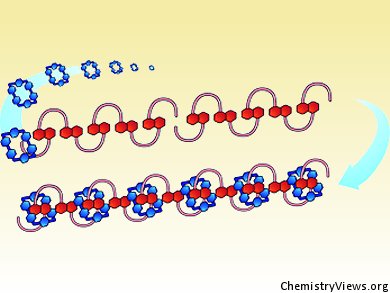In this week’s Review, T. Carell et al. summarize research on structure and function of noncanonical nucleobases. How do they generate a second level of chemical complexity in DNA and RNA? In the Minireviews, A. P. H. J. Schenning et al. discuss organic materials based on polymerized liquid-crystal monomers, and U. Bunz et al. wonder about building blocks for single-walled carbon nanotubes. The Highlights deal with geodetic polynuclear arenes (C. Thilgen) and cyclopropanation with in situ generated diazomethane (D. B. Werz et al.). In an Essay, G. Franck asks if modern science is a case of collective intelligence. In the Author Profile, Barry Trost answers interview questions from S. Kirsch.
In the Communications section, M. E. van der Boom et al. describe fundamental insights into the factors that control the properties and structure of gold nanoparticle based assemblies, which enable the design and construction of new materials. A. I. Cooper et al. present porous organic alloys. T. Takeda et al. succeeded in the diastereoselective synthesis of acyclic systems with two adjacent quaternary stereocenters, and J. F. Stoddart et al. report on oligomeric pseudorotaxanes that form seemingly endless chains in the solid state (see picture).
Image: © Wiley-VCH


